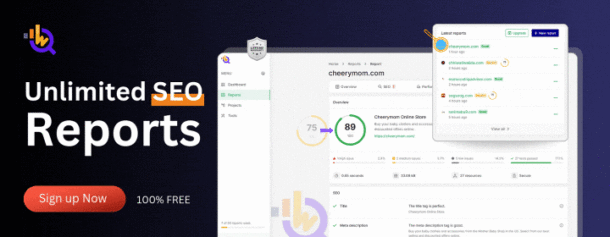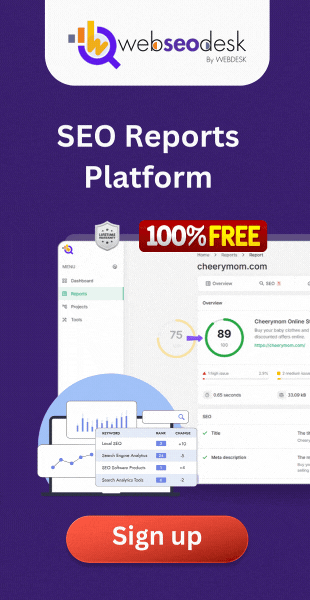Focused on maximizing the technical elements of a website to increase its crawling and indexing by search engines, technical SEO is a vital component of the search engine optimization (SEO) plan. Although backlinks and content quality are obviously crucial, technical SEO guarantees that search engine bots may quickly find, crawl, and index your website, therefore enabling the first step toward ranking on search engine results pages (SERPs). We will go over basic technical SEO guidelines in this post to aid in increasing crawling and indexing, so make sure your website is viewable to a larger audience.
- Verify correct website structure.
Technical SEO depends much on a logical, neat website structure. Search engine bots can more easily crawl websites with a well-organized hierarchy. This involves making sure the navigation of your website is simple and unambiguous so search engines may grasp the page flow. Apart from enhancing user experience, a well-organized website facilitates bots’ more effective navigation of the site.
Create an XML sitemap with all significant pages to guarantee this, therefore highlighting the architecture of your site. Search engines will then have a roadmap to crawl and index your material. Moreover, avoid building intricate, deep URLs that can complicate search engine access to material.
- Improve Crawl Budget
A crawl budget is the total number of pages a search engine bot will visit on your website over a specified period. Ensuring that your most critical pages are crawled and indexed depends on careful use of the crawl budget. You can be squandering your crawl money if your website boasts hundreds of pages; however, many of them are low-quality or irrelevant.
Here’s how you maximize your crawl budget:
Block bots from crawling pointless pages—like duplicate material, administrative pages, or login pages—using a robots.txt file.
Fix or reroute broken links on non-existent pages that can let bots waste time.
When duplicate material exists, mark the preferable version of a page using canonical tags.
- Mobile-friendly Design
Having a mobile-friendly website is no more optional given mobile-first indexing is the standard. Google’s algorithms give mobile versions of websites top priority over desktop versions; hence, if your website is not optimized for mobile devices, you can experience problems with crawling and indexing.
Make sure your website has a responsive design that moves easily between several devices to guarantee mobile optimization.
Check your website for any problems with Google’s Mobile-Friendly Test instrument.
For mobile users, maximize page loading speeds since slow-loading sites could compromise user experience as well as SEO performance.
- Increase Website Velocity
SEO performance as well as user experience depend critically on website speed. Typical slow-loading websites have less engagement, more bounce rates, and worse search engine results. Search engine bots also only crawl a website at a specified pace; if your site is too slow, machines could not be able to access as many pages.
Regarding the speed of your website, think about the following:
- Compress photos to cut their file size without compromising quality.
Reducing the items (scripts, graphics, etc.) on your page will help to minimize HTTP requests.
Turn on browser cache to let returning users load your site more quickly.
Use a content delivery network (CDN) to speed load times by serving the material from several sites on your website.
- Use structured data—that is, a schema markup.
Structured data—also referred to as schema markup—is a type of code you may add to your website to enable improved context and content interpretation for search engines of your pages. Using schema markup can give search engines more information about your website—including product details, reviews, events, and more—should you wish to provide them. Rich snippets in SERPs enable search engines to show them, hence enhancing visibility and click-through rates (CTR).
Depending on the content on your website, start with applicable schema types such as Product Schema, Article Schema, or Event Schema.
Use Google’s Structured Data Testing Tool to make sure search engines may correctly understand your markup.
Check the robots.txt file to ensure search engine bots may access the organized data.
- Steer clear of repetitious material.
Duplicate material might confuse search engines, therefore affecting indexing and ranking. Should a search engine come across several pages with the same or similar material, it could find it difficult to decide which one is the original or most authoritative. Lower rankings for every page engaged can follow from this.
When similar or duplicate content exists, mark the preferable version of a page using canonical tags to help to avoid duplicating material.
Make sure your material is original and worthwhile; try not to copy anything from other websites.
Use caution when setting parameters in URLs since they could create redundant content difficult for search engines to differentiate.
- Track Crawl Errors Frequently
Other SEO tools, such as Google Search Console, provide information about crawling problems on your website. Frequent crawl error checks help you find and resolve issues that can keep search engines from correctly crawling and indexing your website. Typical crawl mistakes include broken links, server issues, and 404 pages.
Spend some time tracking and fixing crawl mistakes as soon as they are found. Quick fixes of these problems will enable search engines to correctly index your material and enhance the general state of your website.
Result
A good SEO plan depends on technical SEO in a major part. These basic ideas for improved crawling and indexing will help you make sure your website ranks higher in search results by ensuring it is search engine friendly. Strong online presence is created by a well-organized site, quick loading speeds, mobile optimization, and structured data use. Maintaining ideal SEO performance requires constant monitoring of your website for any technical problems and quick resolution of them.












0 Comments